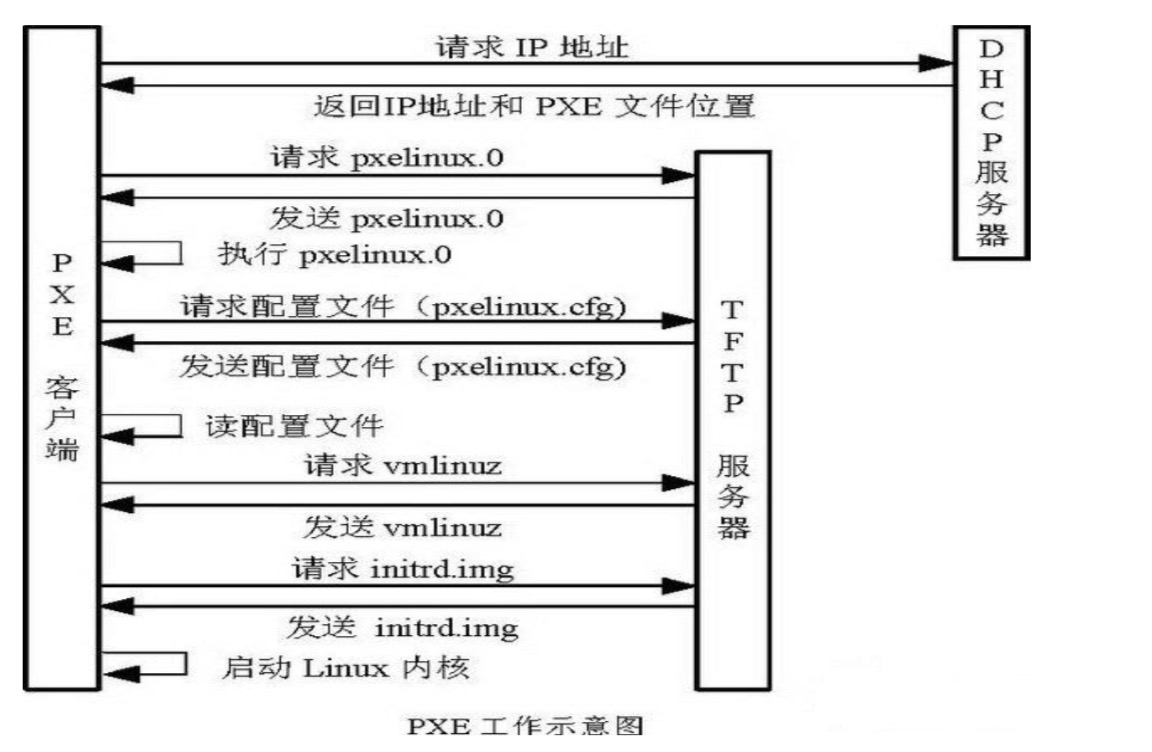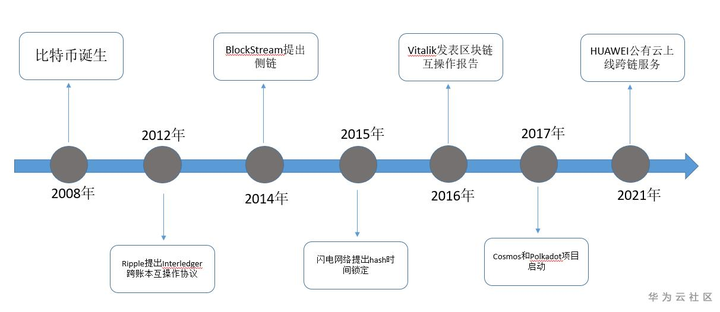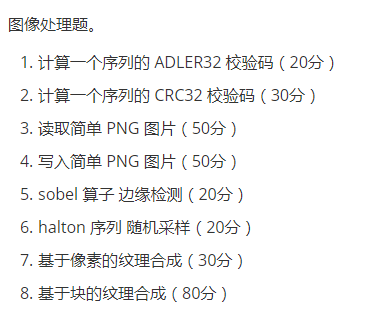as far as i know, in the package which is sent by a beacon, it contains the information about calibrated Tx Power (or measured power - power value at 1 meter). I just wonder why beacon send calibrated Tx power, not broadcasting power (the signal power that beacon sends from the source). Because the calculation logic can be different a little bit but it makes the terms and configuration more simple.
问题:
回答1:
Think about a beacon like a friend calling out to you by shouting your name. You can estimate how far your friend is away by the volume of the sound when it reaches you.
But some people have louder voices than others. A friend with a loud voice who is far away may be heard at the same volume as a friend with a soft voice who is nearby. To tell the difference, you might have each friend shout out how loud their voice is on a scale of one to ten.
This is the same concept behind beacons transmitting their "measuredPower" (also known as txPower or calibratedPower). The beacon transmits the "volume" that should be heard by the receiver (measured in dBm) if the receiver is 1 meter away. This way, beacons with strong transmitters can work alongside those with weak transmitters.
The reason 1 meter is used as a reference is because it is relatively easy to measure a signal at 1 meter. Practical considerations make it difficult to impossible to accurately measure signal levels at a distance of 0 meters. Also, physical environmental factors +like a metal cabinet behind the beacon or a wooden door in front of one) can cause reflections or attenuations that affect the signal level. A 1 meter reference point makes it easier to account for this.
回答2:
The distance estimate provided by iOS is based on the ratio of the iBeacon signal strength (rssi) over the calibrated transmitter power (txPower). The txPower is the known measured signal strength in rssi at 1 meter away. Each iBeacon must be calibrated with this txPower value to allow accurate distance estimates.



